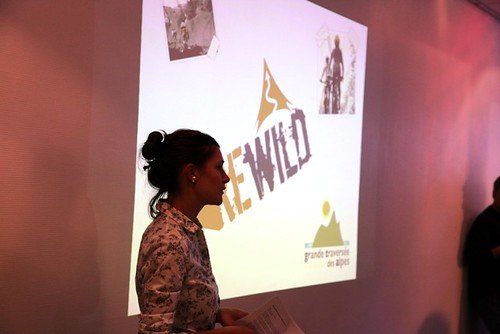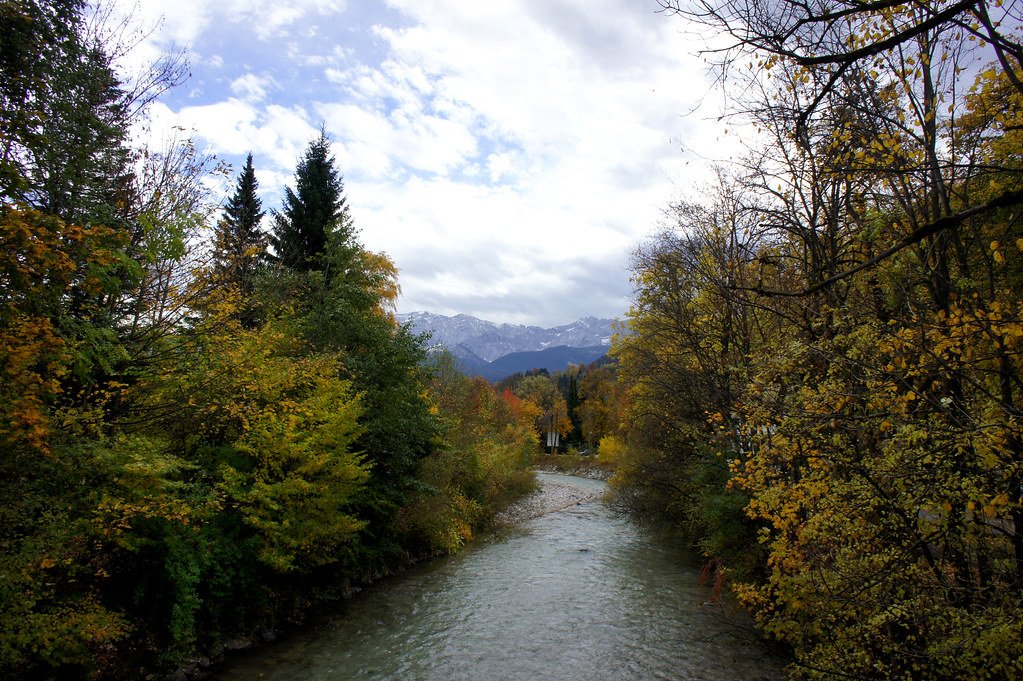The modern world is urbanized, industrialized, and heavily modified from its original state. As natural habitats shrink and species decline, a movement known as rewilding is taking center stage, aiming to restore ecosystems to their natural, untamed glory. This global initiative seeks to reconnect fragments of the wild, revitalize ecosystems, and encourage biodiversity. Delve into the fascinating world of rewilding and discover how these efforts breathe life back into our planet.
What is Rewilding?

Rewilding is an ecological restoration process that focuses on allowing natural processes to shape the land and sea. It emphasizes the reintroduction of native species, removal of human intervention, and reconnecting fragmented landscapes to promote self-regulating ecosystems. The goal is to let nature heal itself, creating environments where biodiversity thrives and balances naturally.
The Roots of Rewilding

Originating in North America during the 1990s, rewilding sprung from the recognition of severe declines in biodiversity and ecosystem health. Inspired by conservation biology, early efforts focused on large-scale wilderness areas and the reintroduction of keystone species to stabilize environments. Today, rewilding has grown into a global movement with diverse strategies tailored to local needs and contexts.
Keystone Species and Their Impact

Keystone species play a critical role in maintaining the structure and integrity of their ecosystems. Reintroducing species like wolves, beavers, and elephants can have a cascading effect, leading to increased biodiversity and stronger ecosystems. For example, wolves in Yellowstone National Park helped control elk populations, which allowed vegetation to recover, benefiting a myriad of other species.
European Bison in Europe

Across Europe, efforts to reintroduce the European bison are taking shape. Once on the brink of extinction, these majestic creatures are now roaming protected areas in Poland, Romania, and the Netherlands. As ecosystem engineers, their grazing helps maintain the open landscapes, promoting plant diversity and providing habitats for numerous species.
Rewilding the Oceans

Rewilding isn’t limited to terrestrial landscapes; marine environments are also part of the picture. Efforts to restore oyster reefs, seagrass beds, and coral reefs are underway to revive marine biodiversity. These habitats support vast communities of marine life and contribute to healthier oceans. For instance, oyster reefs not only provide shelter but also improve water quality by filtering particulates.
Challenges in Rewilding

Rewilding is not without its challenges. Social, political, and financial barriers often arise, along with concerns from local communities and stakeholders. Successful rewilding projects require collaboration between governments, conservationists, and local populations to address fears, manage expectations, and ensure sustainable outcomes.
Urban Rewilding: A Growing Trend

Urban areas are increasingly participating in the rewilding movement. Cities like London and New York are transforming green spaces, rooftops, and abandoned lots into thriving ecosystems. Urban rewilding not only enhances biodiversity but also provides recreational opportunities and improves mental health for city dwellers by reconnecting them with nature.
The Role of Indigenous Knowledge

Indigenous communities play a pivotal role in rewilding efforts. With deep-rooted knowledge of local ecosystems, these communities offer invaluable insights. Collaborating with them ensures that rewilding practices respect cultural heritage and are tailored to specific ecological conditions, enhancing the success and sustainability of projects.
Technological Innovations in Rewilding

Advancements in technology are aiding rewilding efforts across the globe. Drones, satellite imagery, and GIS mapping assist in monitoring ecosystems, tracking animal movements, and assessing the health of rewilded areas. These tools enable better management and strategic planning, making rewilding initiatives more efficient and effective.
The Economic Benefits of Rewilding

Beyond ecological gains, rewilding offers significant economic advantages. Ecotourism, carbon sequestration, and improved ecosystem services, such as water purification and pollination, boost local economies. Rewilding initiatives often create jobs in conservation and tourism, providing long-term benefits for communities.
Case Study: The Scottish Highlands

The Scottish Highlands exemplify a rewilding success story. Projects aim to restore native woodlands, peatlands, and the reintroduction of species like the Eurasian lynx. These efforts are revitalizing Scotland’s natural heritage, providing habitats for wildlife, and attracting tourists eager to witness the transformation.
The Psychological Impact of Rewilding

Rewilding doesn’t just benefit ecosystems—it also impacts human well-being. Studies show that exposure to wild, natural environments reduces stress, improves mood, and enhances mental clarity. By fostering a connection with the natural world, rewilding projects contribute positively to human health and happiness.
International Collaborations

Rewilding is a global endeavor, with countries and organizations working together to share knowledge and resources. International networks, such as the European Rewilding Network, facilitate collaboration, allowing rewilding projects to learn from each other and implement best practices across borders.
The Future of Rewilding

As rewilding efforts expand, future endeavors hold promise for even greater impacts. Innovations in wildlife corridors, habitat restoration, and community engagement are continually evolving. The commitment to rewilding signals a hopeful shift towards a more harmonious relationship between humanity and nature, vital for the well-being of our planet.
Conclusion

Rewilding represents a profound transformation in how we interact with the natural world. It offers a path to healing landscapes, restoring biodiversity, and achieving sustainable coexistence. While challenges remain, the successes demonstrate the power of letting nature take the lead. As rewilding projects continue to grow, they inspire a vision of a future where the wild isn’t just a memory but a vibrant, living reality.




